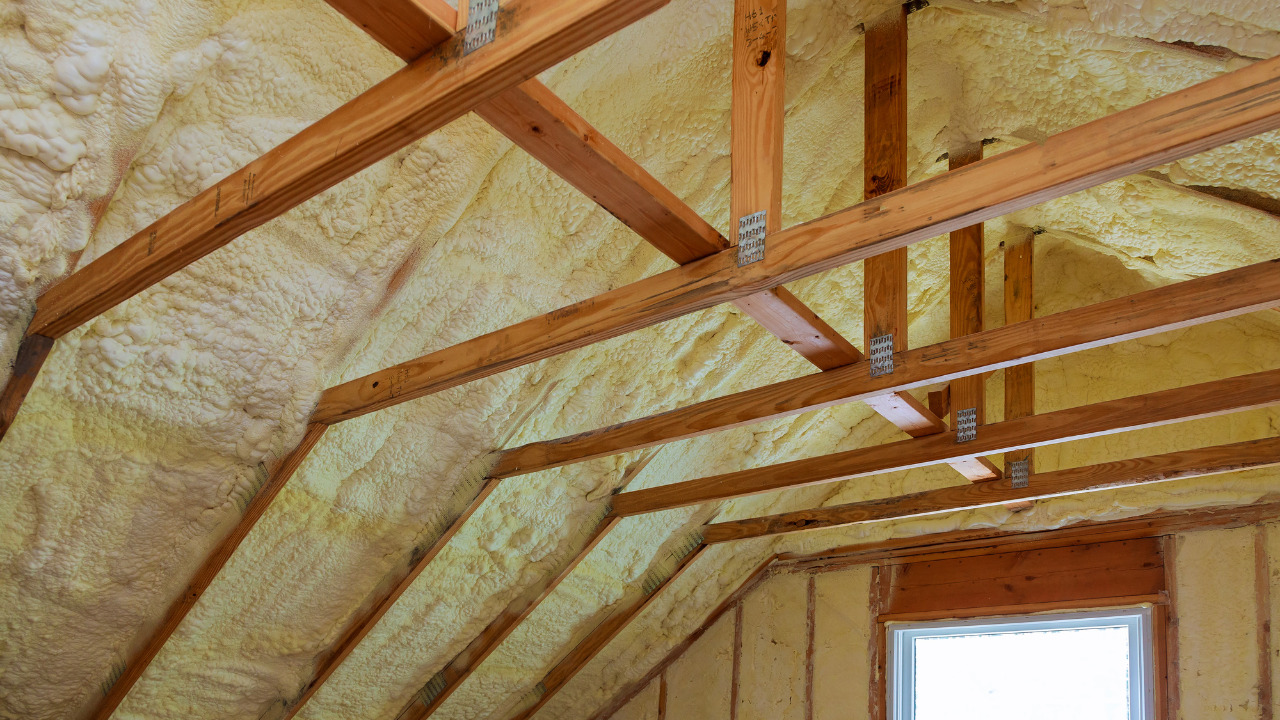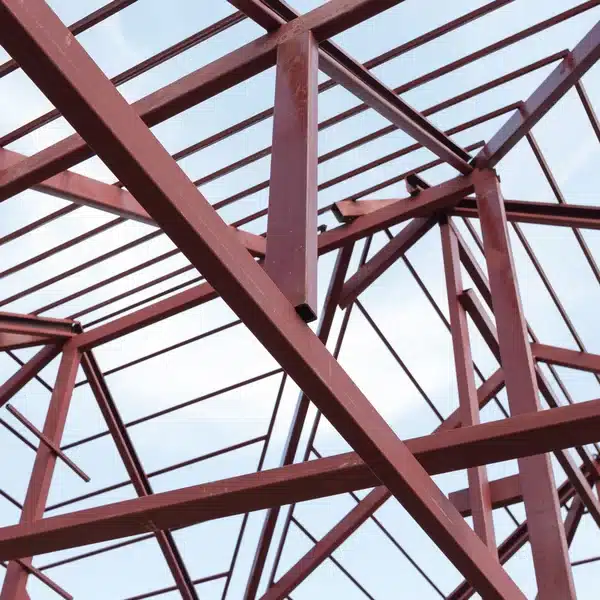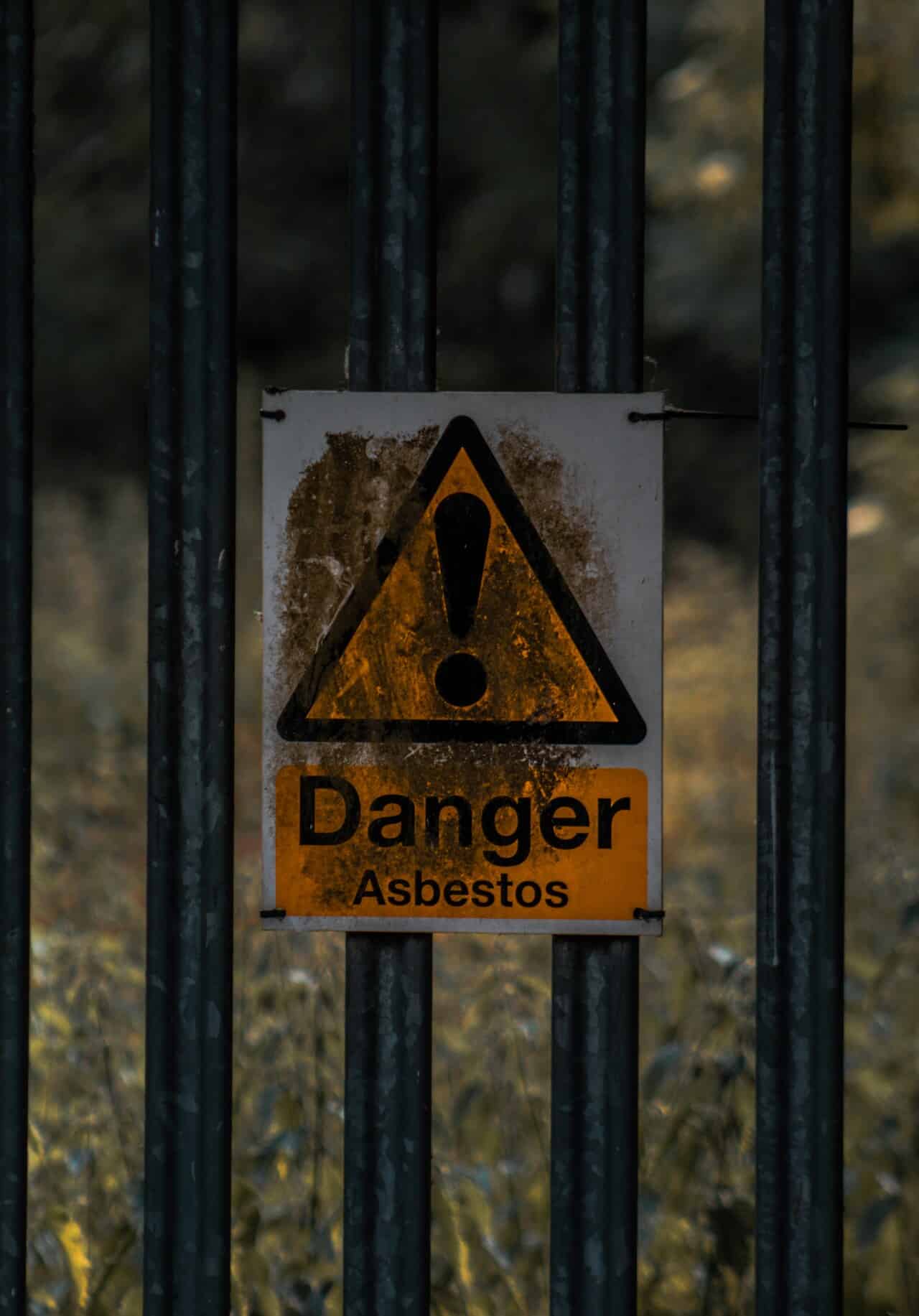Are you budgeting for building materials for your new construction project? Cold-formed steel structures and non-structural metal framing are common materials used for constructing exterior and interior parts – including beams, columns, studs, joists, and so on. For this reason, the terms are often confused or sometimes used interchangeably.
However, they are distinct. And as a contractor or even construction owner overseeing your project, you should know the difference.
So, here’s your guide to what each is and where it is used.
Table of Contents
Non-Structural Metal Framing
Non-structural metal framing, also known as light gauge metal framing, is a thin construction material often used to support interior plaster walls. While this framing does resist some load, it is not typically used for heavy structural support. Instead, it is great for interior wall studs and ceilings.
Generally, non-structural metal framing comes with a lighter galvanized coating than structural and cold-formed steel. This provides protection against corrosion.
So, what makes this type of framing great? Being lighter than cold-formed steel means that it is also less expensive. So, opting for it where the structural load is not a concern can actually reduce your overall project costs. And being thinner also means it is much simpler to install. Basically, you can cut and customize it to your desired measurements.
On top of these advantages, non-structural metal frames can allow you to utilize fewer studs by building higher, which in turn makes your job easier, faster, and cheaper.
Cold-Formed Steel Structures
A cold-formed steel structure can be defined as a thin steel sheet, usually less than an eighth of an inch, that is bent into a desired shape at room temperature. Hence the name cold-formed. It differs from structural steel in that the latter is thicker and sturdier.
For that reason, structural steel is preferred in heavy industrial constructions such as offshore oil rigs, high-rise buildings, stadiums, or suspension bridges. In contrast, cold-formed steel is mainly applied in homes, churches, retail stores, apartment buildings, etc.
Cold-formed steel is a lot lighter than structural steel, making it easier to manipulate and takes up less space. Like structural steel, it is also fire-safe, which means it does not burn or combust. However, it is still thicker, heavier, and costlier than non-structural metal framing.
That said, this type of steel can be found in various thicknesses and is best suited for exterior load-bearing walls.
Save Money and Time with Quality Non-Structural Metal Framing
When budgeting for your construction project, it is important that you pick the right materials to keep the quality up and costs reasonable. Cold-formed steel structures are great for studs bearing significant construction weight and are typically suited for exterior walls.
On the other hand, non-structural metal framing is much thinner and best suited for non-load-bearing studs, usually for the building’s interior. Given the price difference and the fact that steel structures take up more space, using non-structural metal framing for your non-load-bearing walls is a better choice for your project.





